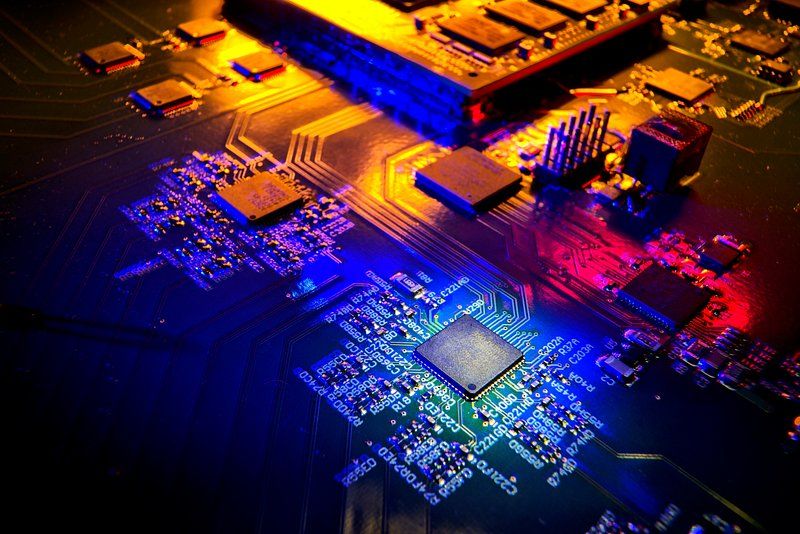Neural Nexus: The Convergence of Brains and Machines

Brain-Computer Interfaces (BCIs): Bridging Minds and Machines
A brain-computer interface (BCI), also known as a brain-machine interface (BMI), represents a remarkable fusion of neuroscience, engineering, and computer science. It establishes a direct communication link between the human brain’s electrical activity and external devices, such as computers or robotic limbs. Let’s delve into the fascinating world of BCIs:
How BCIs Work
- Electroencephalography (EEG):
- Non-invasive BCIs use EEG to detect electrical signals from the scalp.
- EEG electrodes capture brain waves, which are then translated into commands for external devices.
- Invasive BCIs:
- These involve implanting microelectrode arrays directly into brain tissue.
- Invasive BCIs offer higher resolution but require surgical procedures.
- Applications of BCIs:
- Assistive Technology:
- BCIs empower paralyzed individuals to control prosthetic limbs or communicate through thought alone.
- Imagine typing on a keyboard or moving a cursor using mental commands.
- Neurorehabilitation:
- Stroke survivors benefit from BCIs during rehabilitation.
- BCIs facilitate brain plasticity and motor recovery.
- Research and Mapping:
- Scientists study brain function, map neural activity, and explore cognitive processes.
- BCIs reveal insights into memory, attention, and decision-making.
- Assistive Technology:
- Challenges and Advances:
- Signal Quality:
- Ensuring accurate brain signals remains a challenge.
- Noise interference affects BCI performance.
- Ethical Considerations:
- Privacy, safety, and informed consent are critical.
- BCIs raise questions about mind privacy and data security.
- Signal Quality:
- Future Prospects:
- BCIs hold immense potential:
- Enhancing communication for people with severe disabilities.
- Augmenting human cognition and memory.
- Merging minds with machines.
- BCIs hold immense potential:
The Road Ahead
As BCIs evolve, we stand at the intersection of science fiction and reality. The ability to directly tap into our neural activity opens doors to unprecedented possibilities. Whether it’s restoring mobility, enhancing creativity, or understanding consciousness, BCIs are rewriting the rules of human-computer interaction.
In this symbiotic dance between brains and machines, BCIs remind us that our minds are both our greatest mystery and our most powerful tool.
You can follow this link for more knowledge
Psychology Today – Brain Computer Interface Built In – Brain-Computer Interfaces (BCI) Explained







